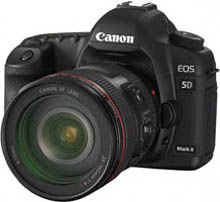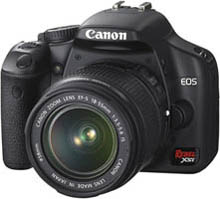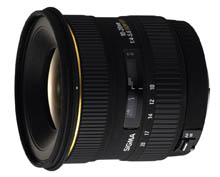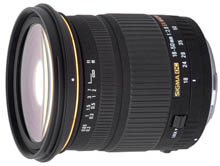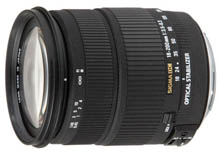HDR tutorial (ver. 1.0)
I have split this HDR tutorial into multiple parts. Now I’m adding the third part, with the others coming later. So at the end there will be all this:
- Overview (this page) – some general thoughts on HDR
- Taking photos for HDR – I describe different ways you can take brackets for HDR
- Combining and tonemapping your HDR photos – how to tonemmap your photos in Photomatix Pro
- Most common problems and how to correct them – what should be corrected in a HDR photo
- Getting your desired look in HDR – additional steps and plugins you can use on your HDR
What is HDR?
Let’s make it as simple as possible. HDR is a way you combine multiple shots, so you have no overexposed areas and detail in dark areas. That’s all you really need to know.
A lot of people think about HDR’s as these overdone, unnatural photos, which have nothing to do with reality. I call those photos with a “HDR look”. They can be created from any photo, and have really nothing much to do with HDR. I have seen good ones, and bad ones, it’s a lot about the viewers´ taste and preference. Also some of the HDR results, can be created without using the HDR technique. It’s again the photographers decision what he uses (like he can use a Canon or a Nikon camera, but the result is still a photo :) )
There is a certain aversion against HDR photos. But everyone should understand, that HDR is a technique, a part of the final photo. And it depend’s on the photographer, how the final photo looks. HDR on it’s own does not make a good or a bad photo.
I get quite a lot of questions, if my photos really are HDR’s. That’s because people expect that the HDR mentioned look from them. But that’s not my goal. My goal is to find the sweet spot, between artistic and realistic photos, so I like them.
Why HDR?
Again, this is very simple. You can’t always set up your light sources. Especially when you only light source is the sun. HDR gives you the option, to capture all the available light and then expose all parts of the photo as you like.
It removes some limitations all current cameras have, and gives you more to work with in post-processing.
At the end it’s your decision. Same as with all photography techniques, starting with HDR is easy, creating a good looking HDR photo is quite hard. So don’t be discouraged, if you can’t get the results you want. It take time and practice.
Feel free to ask any questions and if you find some errors or problems with my HDR tutorial, please let me know.
So lets start with how to take your photos for HDR














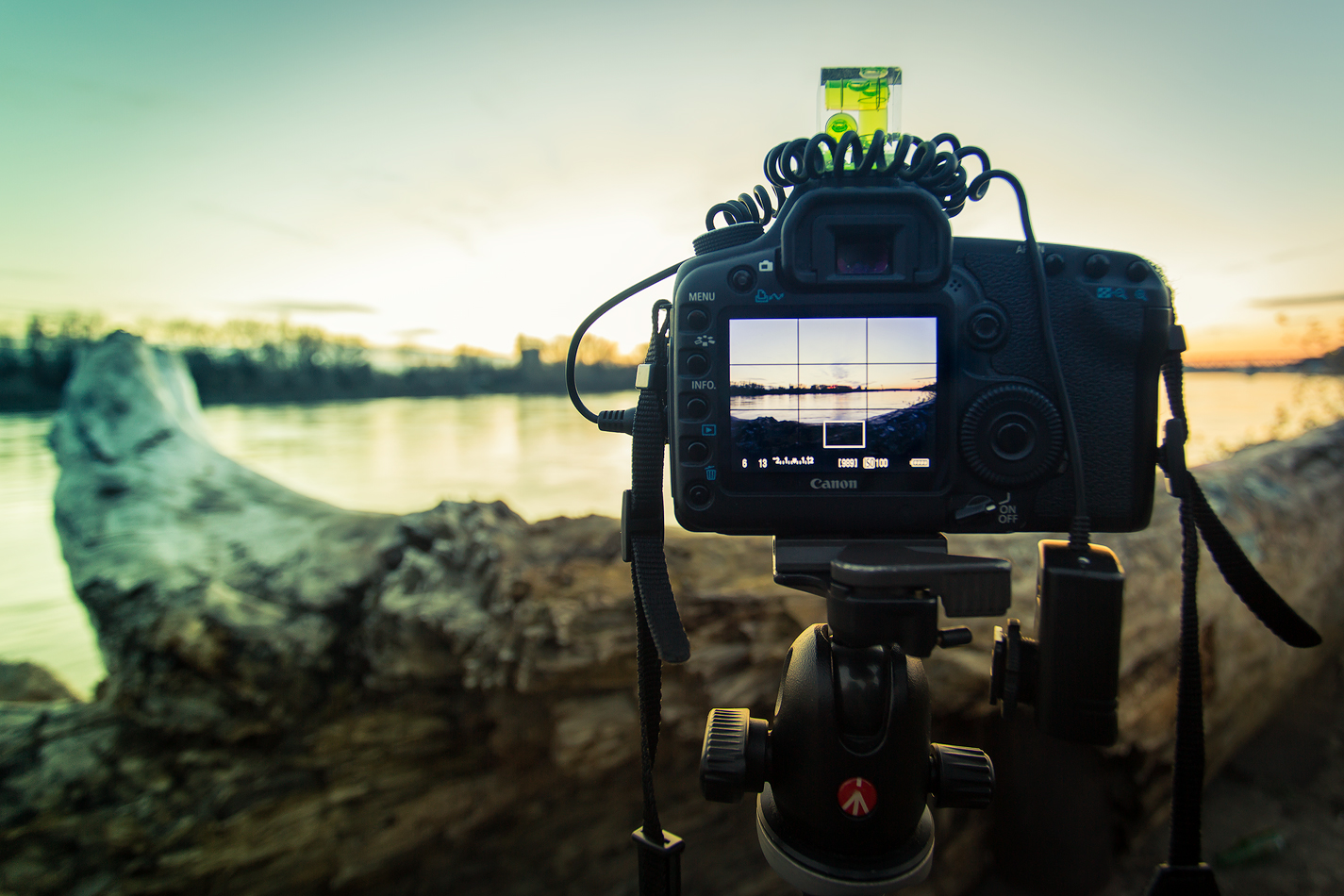

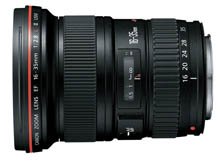
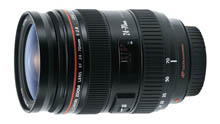
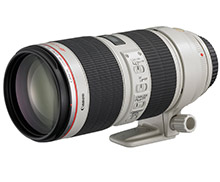
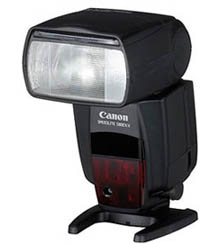
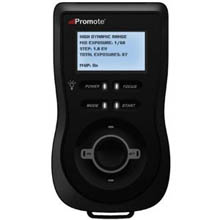
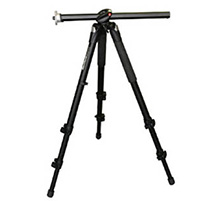 Manfrotto 190XproB tripod
Manfrotto 190XproB tripod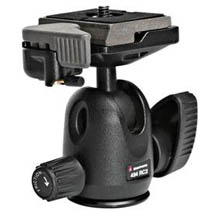
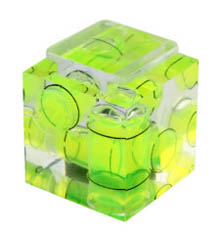
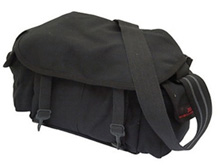
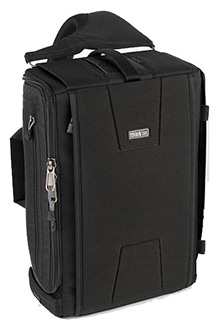
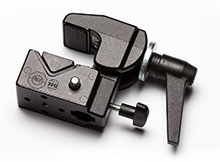
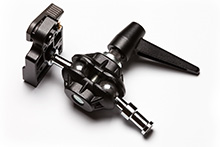
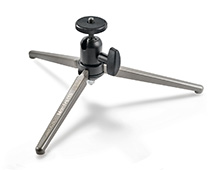
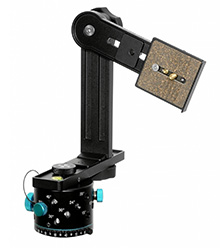 Nodal Ninja 4 Panoramatic head
Nodal Ninja 4 Panoramatic head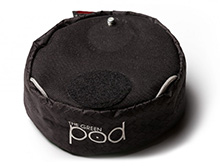 The Green pod
The Green pod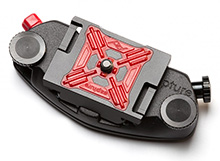 Peak design Capture Pro
Peak design Capture Pro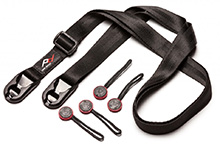 Peak design Leash
Peak design Leash Radian motion device
Radian motion device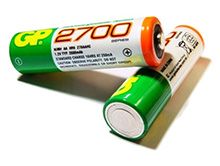 GP 2700 AA rechargable bateries
GP 2700 AA rechargable bateries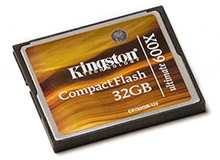 Kingston CF memory card
Kingston CF memory card